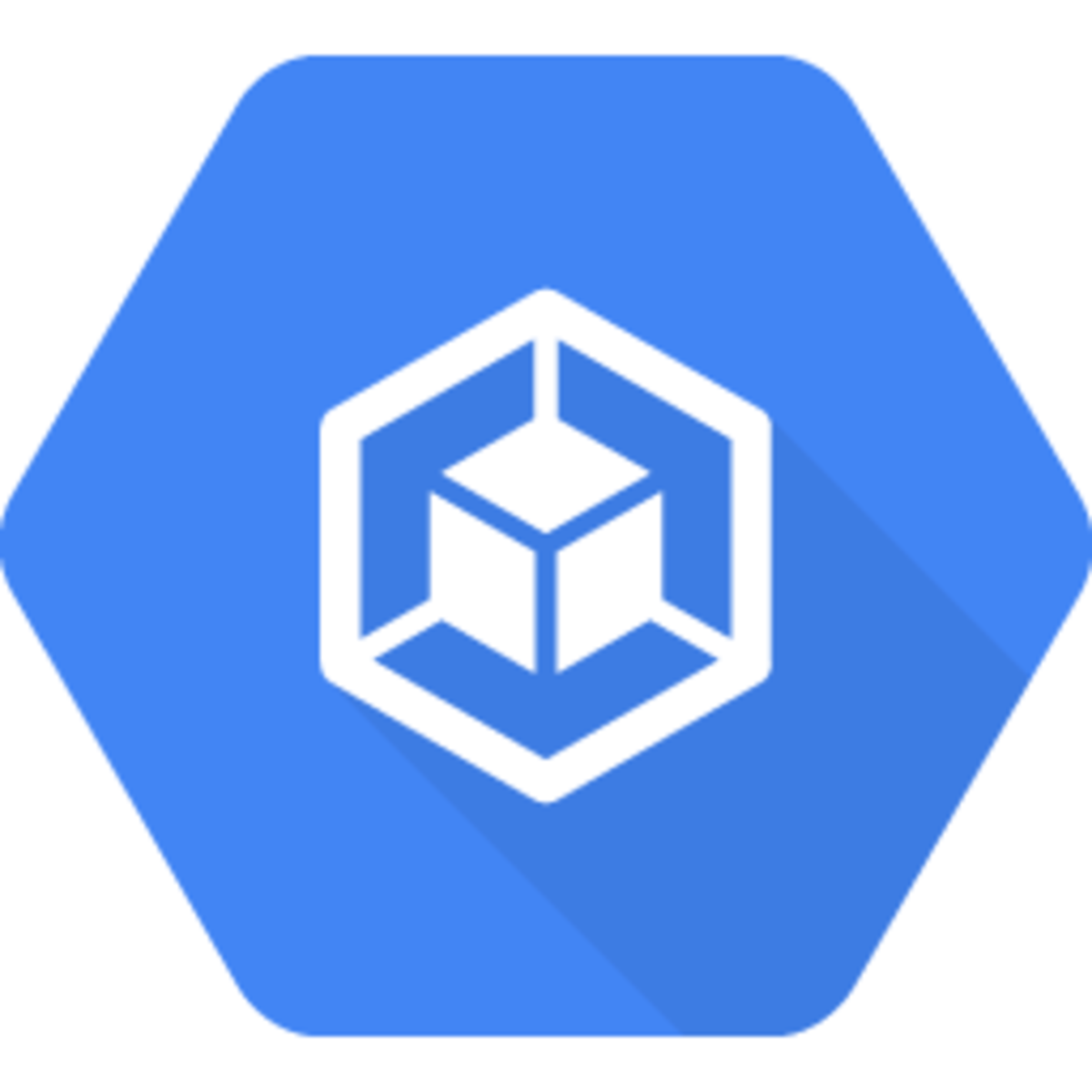
'Google Kubernetes Engine으로 설계하기: 워크로드' 과정에서는 Kubernetes 작업 수행, 배포 생성 및 관리, GKE 네트워킹 도구, Kubernetes 워크로드에 영구 스토리지를 부여하는 방법을 알아봅니다.
Google Kubernetes Engine으로 설계하기 시리즈의 두 번째 과정입니다. 이 과정을 이수한 후 안정적인 Google Cloud 인프라: 설계 및 프로세스 과정 또는 Anthos에서 사용하는 하이브리드 클라우드 인프라 기초 과정에 등록하세요.
What's inside
Syllabus
과정 소개
이 모듈을 통해 과정의 구조 및 레이아웃을 숙지할 수 있습니다.
Kubernetes 작업
이 모듈에서는 Kubernetes 클러스터 내 리소스와 상호작용하고 이를 관리하는 데 사용되는 명령줄 유틸리티인 kubectl 명령어에 대해 알아봅니다. kubectl 명령어를 Google Kubernetes Engine 클러스터에 연결하는 방법, 이를 사용하여 Kubernetes 클러스터 내에서 포드 및 기타 객체를 생성하고, 검사하고, 상호작용하고, 삭제하는 방법을 알아봅니다. 또한 kubectl을 사용하여 포드의 콘솔 출력을 확인하고 대화형으로 포드에 로그인하는 방법도 배웁니다.
Read more
Syllabus
Good to know
Save this course
Activities
학습 자료 정리 및 검토
Show steps
교육 자료를 정기적으로 검토하여 기억을 복습하고, 필기 노트를 정리하고, 이해하지 못하는 부분을 파악하는 데 도움이 됩니다.
Show steps
-
강의 자료 복습
-
연습 문제 풀기
Kubernetes 명령어 연습
Show steps
명령줄 도구인 kubectl을 사용하여 Kubernetes 클러스터와 상호 작용하고 객체를 관리하여 실제적인 경험을 쌓습니다.
Show steps
-
kubectl的基本 명령어 연습
-
포드 생성, 검사, 수정
-
서비스 및 배포 관리
Kubernetes 네트워킹 탐구
Show steps
Kubernetes 클러스터 내부 및 외부 네트워크를 구성하고 관리하는 데 필요한 핵심 개념과 기술에 대한 이해를 심화합니다.
Show steps
-
네임스페이스 및 네트워크 정책 이해
-
서비스 및 인그레스 제어 방식
-
컨테이너 네트워킹 인터페이스 및 디버깅
Five other activities
Expand to see all activities and additional details
Show all eight activities
컨테이너화된 애플리케이션 개발
Show steps
Google Kubernetes Engine에 컨테이너화된 애플리케이션을 배포하고 관리하는 실습을 통해 배운 개념을 강화합니다.
Show steps
-
애플리케이션 컨테이너화
-
Kubernetes 클러스터에 이미지 배포
-
Kubernetes 서비스 만들기 및 공개
-
배포 모니터링 및 로깅
데이터 저장소 솔루션 비교
Show steps
Kubernetes 워크로드에 데이터 저장소 옵션을 조사하고 평가하여 애플리케이션 요구 사항에 가장 적합한 솔루션을 선택하는 데 도움이 됩니다.
Show steps
-
Cloud SQL, Cloud Storage, Cloud Bigtable 비교
-
영구적 볼륨 및 동적 프로비저닝 탐구
Kubernetes 워크로드 구성
Show steps
Kubernetes 배포와 작업을 관리하고, 애플리케이션의 안정성과 확장성을 보장하기 위한 구성 방법을 탐구하고 실천합니다.
Show steps
-
배포 정의 만들기
-
작업 리소스 정의
-
애플리케이션 확장 및 업데이트
-
보건 확인 및 자동 확장 구성
Kubernetes 워크로드 논의
Show steps
다른 학생들과 함께 Kubernetes 워크로드의 복잡성을 논의하고, 문제 해결 전략을 공유하고, 서로의 학습을 강화합니다.
Show steps
-
워크로드 배포 및 관리 토론
-
네트워킹 구성 및 디버깅
ContainerDays 콘퍼런스 참석
Show steps
Kubernetes 및 컨테이너 기술 분야의 전문가와 연결하고, 업계 동향에 대해 배우며, 네트워킹을 확장하는 기회를 제공합니다.
Show steps
-
업계 리더들로부터 학습
-
새로운 기술 및 제품 시연 탐구
-
동료들과 네트워킹
학습 자료 정리 및 검토
Show steps
교육 자료를 정기적으로 검토하여 기억을 복습하고, 필기 노트를 정리하고, 이해하지 못하는 부분을 파악하는 데 도움이 됩니다.
Show steps
- 강의 자료 복습
- 연습 문제 풀기
Kubernetes 명령어 연습
Show steps
명령줄 도구인 kubectl을 사용하여 Kubernetes 클러스터와 상호 작용하고 객체를 관리하여 실제적인 경험을 쌓습니다.
Show steps
- kubectl的基本 명령어 연습
- 포드 생성, 검사, 수정
- 서비스 및 배포 관리
Kubernetes 네트워킹 탐구
Show steps
Kubernetes 클러스터 내부 및 외부 네트워크를 구성하고 관리하는 데 필요한 핵심 개념과 기술에 대한 이해를 심화합니다.
Show steps
- 네임스페이스 및 네트워크 정책 이해
- 서비스 및 인그레스 제어 방식
- 컨테이너 네트워킹 인터페이스 및 디버깅
컨테이너화된 애플리케이션 개발
Show steps
Google Kubernetes Engine에 컨테이너화된 애플리케이션을 배포하고 관리하는 실습을 통해 배운 개념을 강화합니다.
Show steps
- 애플리케이션 컨테이너화
- Kubernetes 클러스터에 이미지 배포
- Kubernetes 서비스 만들기 및 공개
- 배포 모니터링 및 로깅
데이터 저장소 솔루션 비교
Show steps
Kubernetes 워크로드에 데이터 저장소 옵션을 조사하고 평가하여 애플리케이션 요구 사항에 가장 적합한 솔루션을 선택하는 데 도움이 됩니다.
Show steps
- Cloud SQL, Cloud Storage, Cloud Bigtable 비교
- 영구적 볼륨 및 동적 프로비저닝 탐구
Kubernetes 워크로드 구성
Show steps
Kubernetes 배포와 작업을 관리하고, 애플리케이션의 안정성과 확장성을 보장하기 위한 구성 방법을 탐구하고 실천합니다.
Show steps
- 배포 정의 만들기
- 작업 리소스 정의
- 애플리케이션 확장 및 업데이트
- 보건 확인 및 자동 확장 구성
Kubernetes 워크로드 논의
Show steps
다른 학생들과 함께 Kubernetes 워크로드의 복잡성을 논의하고, 문제 해결 전략을 공유하고, 서로의 학습을 강화합니다.
Show steps
- 워크로드 배포 및 관리 토론
- 네트워킹 구성 및 디버깅
ContainerDays 콘퍼런스 참석
Show steps
Kubernetes 및 컨테이너 기술 분야의 전문가와 연결하고, 업계 동향에 대해 배우며, 네트워킹을 확장하는 기회를 제공합니다.
Show steps
- 업계 리더들로부터 학습
- 새로운 기술 및 제품 시연 탐구
- 동료들과 네트워킹
Career center
Kubernetes Developer
DevOps Engineer
SRE
Cloud Administrator
Data Engineer
Cloud Data Engineer
Platform Engineer
Cloud Architect
IT Architect
Systems Engineer
Network Engineer
Software Engineer
Full-Stack Developer
Cloud Security Engineer
Technical Program Manager
Reading list
Share
Similar courses
OpenCourser helps millions of learners each year. People visit us to learn workspace skills, ace their exams, and nurture their curiosity.
Our extensive catalog contains over 50,000 courses and twice as many books. Browse by search, by topic, or even by career interests. We'll match you to the right resources quickly.
Find this site helpful? Tell a friend about us.
We're supported by our community of learners. When you purchase or subscribe to courses and programs or purchase books, we may earn a commission from our partners.
Your purchases help us maintain our catalog and keep our servers humming without ads.
Thank you for supporting OpenCourser.



